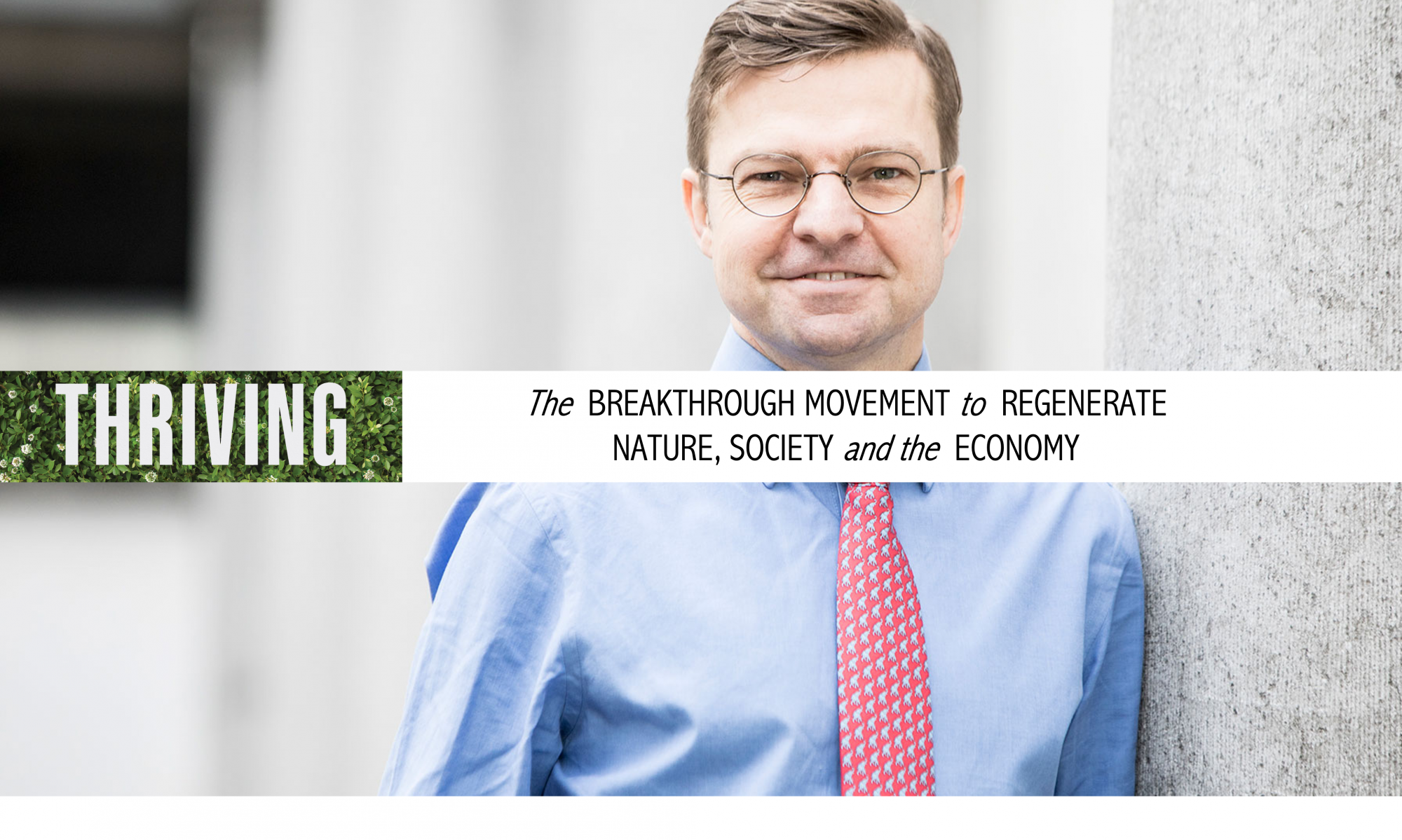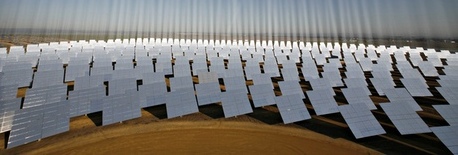How to use technology to make our planet more sustainable, not less
Article by Wayne Visser
Part of the Sustainable Innovation & Technology series for The Guardian.
Investment is booming in clean and green technologies. But can they be implemented quickly enough to meet current challenges?
The controversial demographer Paul Ehrlich distilled the essence of his somewhat apocalyptic 1968 book, The population bomb, into a simple equation: impact (I) = population (P) x affluence (A) x technology (T). Twenty years later, Ray Anderson, the sustainability pioneer and then-CEO of Interface, asked the question: what if it were possible to move T to the denominator, so that technology reduces, rather than increases, impact on the environment and society?
Anderson’s challenge is the Apollo mission of the 21st century – a near impossible project that, if achieved, will inspire generations to come. The only difference is that achieving a sustainable technology revolution – let’s call it Mission SusTech – is playing for much higher stakes than JF Kennedy’s space race. Failure is an option and it’s called “overshoot and collapse”.
The good news is that Mission SusTech is well underway. This article is the first in a series that will spotlight trends, breakthroughs, cases and lessons on the development and transfer of sustainable technologies around the world. But be warned: it won’t focus on the latest touted miracle technologies but on the challenges of sharing, implementing and bringing to scale existing sustainable technologies.
What are the trends?
Not only is technological innovation booming, but it is rapidly shifting towards sustainable solutions. For example, many of the World Economic Forum’s top 10 most promising technologies have a clear environmental and social focus, such as energy-efficient water purification, enhanced nutrition to drive health at the molecular level, carbon dioxide (CO2) conversion, precise drug delivery through nanoscale engineering, organic electronics and photovoltaics.
The 2012 Global Green R&D Report found that private investments in clean technology and green economic and commercial solutions reached $3.6tn for the period 2007-2012. This included more than $2tn in renewable energy, $700bn in green construction, $241bn in green R&D, $238bn in the smart grid and $231bn in energy efficiency.
For specific clean energy technologies – including wind, solar and biofuels – the market size was estimated at $248bn in 2013 and is projected to grow to $398bn by 2023, according to the 2014 Clean Energy Trends report. Biofuels remain the largest market ($98bn), followed by solar ($91bn) and wind ($58bn). In what Clean Edge hails as a tipping point, in 2013 the world installed more new solar photovoltaic generating capacity (36.5 gigawatts) than wind power (35.5 GW).
This rapid growth is being fuelled by significant investment in research and development and breakthroughs in sustainable technologies, as indicated by a spike in patent applications.
According to the World Intellectual Property Organization (WIPO), more patents have been filed in the last five years than in the previous 30 across key climate change mitigation technologies, or CCMTs (biofuels, solar thermal, solar photovoltaics and wind energy). While the average global rate of patent filing grew by 6% between 2006 and 2011, these CCMTs have experienced a combined growth rate of 24% over the same period.
Contrary to what some may think, emerging markets cannot automatically be assumed to lag on sustainable technological innovation. China and the Republic of Korea have filed the most patents in recent years across all four CCMT technology areas, while in solar PV, the top 20 technology owners are based in Asia.
What does the future hold?
The sustainable technology innovation wave is only just building. Research by McKinsey shows that improvements in resource productivity in energy, land, water and materials – based on better deployment of current innovative technologies – could meet up to 30% of total 2030 demand, with 70% to 85% of these opportunities occurring in developing countries. Capturing the total resource productivity opportunity could save $2.9tn in 2030.
We are living through the birth of what David King, director of the Smith School of Enterprise and the Environment at Oxford University, calls “another renaissance” in the industrial revolution: “Human ingenuity is the answer”, says King.
“We created the science and engineering technological revolution on which all our wellbeing is based. That same keen intelligence can point to the solutions to the hangover challenges and this requires nothing less than another renaissance.”
Download
[button size=”small” color=”blue” new_window=”false” link=”http://www.waynevisser.com/wp-content/uploads/2014/01/article_sustech1_wvisser.pdf”]Pdf[/button] How to use technology to make our planet more sustainable, not less (article)
Related websites
[button size=”small” color=”blue” new_window=”false” link=”http://www.waynevisser.com/books/the-quest-for-sustainable-business”]Link[/button] The Quest for Sustainable Business (book)
[button size=”small” color=”blue” new_window=”false” link=”http://www.csrinternational.org”]Link[/button] CSR International (website)
Cite this article
Visser, W. (2014) How to use technology to make our planet more sustainable, not less. The Guardian, 16 July 2014.


